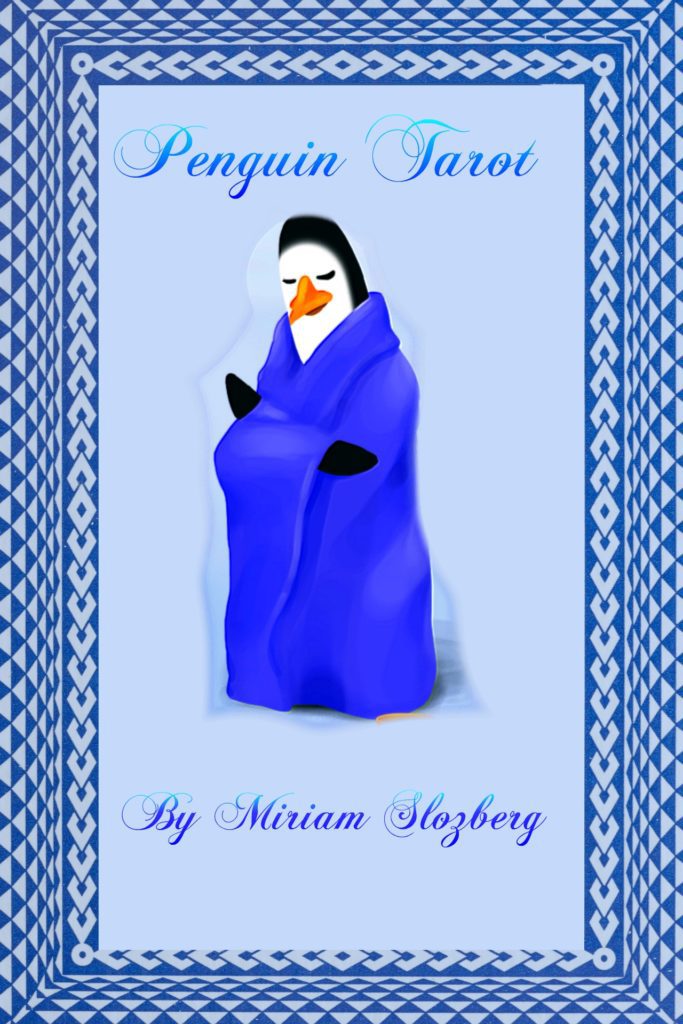Sedna the planet by Marcos Aguilar on Pixabay.
Each card in the tarot holds a unique symbolism and story. When it comes to representing Sedna, the Inuit goddess of the sea and marine life, the tarot card that resonates most strongly is the Eight of Cups.
In Inuit mythology, this powerful and essential goddess is depicted as a beautiful woman who brings abundance and sustenance to her people through the sea and its creatures.
However, Sedna’s story takes a turn when her father betrays her and transforms into a sea goddess at the bottom of the ocean. This is where there is a parallel between Sedna’s mythological journey and the symbolism of the Eight of Cups. However, before getting into that, let’s discuss Sedna’s astrological importance while delving more into her background.
Quick Navigate This Post
Sedna’s Astrological Influence and Mythological Background

Sedna, discovered in 2003, is a relatively new addition to the astrological pantheon. Named after the Inuit goddess of the sea, Sedna represents deep emotions, healing, transformation, and the unconscious aspects of the psyche. Sedna is considered a generational or outer planet in astrology, orbiting far beyond Neptune.
Symbolically, Sedna’s influence is often associated with themes of abandonment, victimization, and the healing process that arises from these experiences. It represents the need to confront and integrate the shadow aspects of yourself, particularly those related to past trauma or emotional wounds.
Sedna’s energy can be intense and transformative, urging you to dive deep into your emotional depths to find healing and empowerment.
In a natal chart, Sedna’s placement and aspects can illuminate your relationship with emotions, capacity for healing and transformation, and ability to navigate challenging or traumatic experiences. You can also reveal patterns of victimization or feelings of abandonment that may need to be addressed and healed.
Sedna’s influence is often felt collectively, reflecting the collective wounds and traumas that need healing and transformation. It can bring attention to societal issues related to victimization, abuse, and the need for collective healing and empowerment.
In terms of interpretation, Sedna’s placement in a specific sign and house can provide further insights. For example, Sedna in Aries may indicate a need to confront and heal personal identity or assertiveness wounds. At the same time, Sedna in the 7th house may suggest a need to address relationship dynamics and patterns of victimization or abandonment in partnerships.
Transits and progressions involving Sedna can also activate the themes of healing and transformation in a person’s life. Aspects between Sedna and other planets or points in the chart can bring these themes to the forefront, prompting anyone to confront their emotional wounds and seek healing.
Sedna is a relatively new addition to astrology, and astrologers are still exploring and developing interpretations of it. As with any astrological placement or aspect, it is always helpful to consider the entire birth chart and talk to an astrologer to comprehensively analyze Sedna’s influence in your chart. Let’s now discuss the Eight of Cups.
The Eight of Cups

The Eight of Cups is a tarot card with profound symbolism and meaning. It depicts a figure walking away from a stack of cups, leaving them behind to embark on a solitary journey. This card often signifies a significant turning point in one’s life, representing letting go, moving on, and seeking deeper fulfillment.
At its core, the Eight of Cups represents the recognition that something in your life is no longer fulfilling or satisfying. It signifies a desire for something more meaningful and authentic. This card often reflects a sense of disillusionment or emotional exhaustion that prompts you to leave a situation, relationship, or aspect of your life that no longer serves your highest good.
The figure in the Eight of Cups is not running away from their problems; instead, they consciously decide to pursue a path of personal growth and self-discovery. This card encourages you to trust your intuition and listen to the inner calling that urges you to seek greater emotional fulfillment and spiritual alignment.
The journey depicted in the Eight of Cups is often a solitary one. It represents a period of introspection and self-reflection during which you explore your own needs, desires, and values. This card invites you to take time for yourself, detach from external influences, and delve into the depths of your emotions and psyche.
While the Eight of Cups can be associated with loss or sadness, it also conveys hope and renewal. It signifies the willingness to leave behind what no longer serves you to create space for new experiences, relationships, and personal growth. It is an invitation to embrace change and trust that by following your inner guidance, you will find greater fulfillment and happiness.
In readings, the Eight of Cups often encourages reflection on areas where you may feel unfulfilled or stuck. It prompts you to ask yourself what no longer brings you joy or aligns with your true self. By acknowledging and honoring these feelings, you can take steps towards a more authentic and fulfilling life.
Ultimately, the Eight of Cups reminds you that sometimes, the greatest act of self-care and personal growth is the willingness to leave behind what no longer serves you. It encourages you to head towards a journey of self-discovery, trusting that in doing so, you open yourself up to a world of new possibilities and deeper fulfillment.
The Parallels Between Sedna and the Eight of Cups
The first parallel between the Eight of Cups and Sedna concerns letting go. Sedna’s myth and the Eight of Cups emphasize the importance of letting go. Sedna’s transformation into a sea goddess represents her ability to release the pain and betrayal she experienced, ultimately finding strength and purpose in her new form. Similarly, the figure in the Eight of Cups acknowledges the need to leave behind what no longer serves them, taking a leap of faith towards a more fulfilling path.
Another one is about transformation. Sedna’s story is one of profound transformation. As she becomes one with the sea, she undergoes a metamorphosis that enables her to fulfill her destiny and become a powerful deity. Likewise, the Eight of Cups symbolizes personal transformation and growth as the figure embarks on a journey to discover their true self and find greater meaning and fulfillment in life.
The last one is about sacrifice. A significant aspect of Sedna’s myth is her sacrificial nature. In some story variations, she sacrifices herself to save her people from starvation. This sacrifice represents Sedna’s willingness to let go of her desires and needs for the sake of others. Similarly, the Eight of Cups encourages individuals to sacrifice what is comfortable and familiar to pursue their passions and desires.
The parallel between Sedna’s mythological journey and the symbolism in the Eight of Cups is striking. Both emphasize the importance of letting go, undergoing personal transformation, and embracing sacrifice to find inner fulfillment. By understanding these connections, you can apply the wisdom of Sedna and the Eight of Cups to your life, empowering you to release attachments, go on transformative journeys, and ultimately find your true self.
If you want to dive deeper into the world of tarot, raw spirituality, and mental health, subscribe to my Substack and be part of a great community! Also, don’t forget to listen to The Tarot Table Podcast, which has new episodes each Friday.

